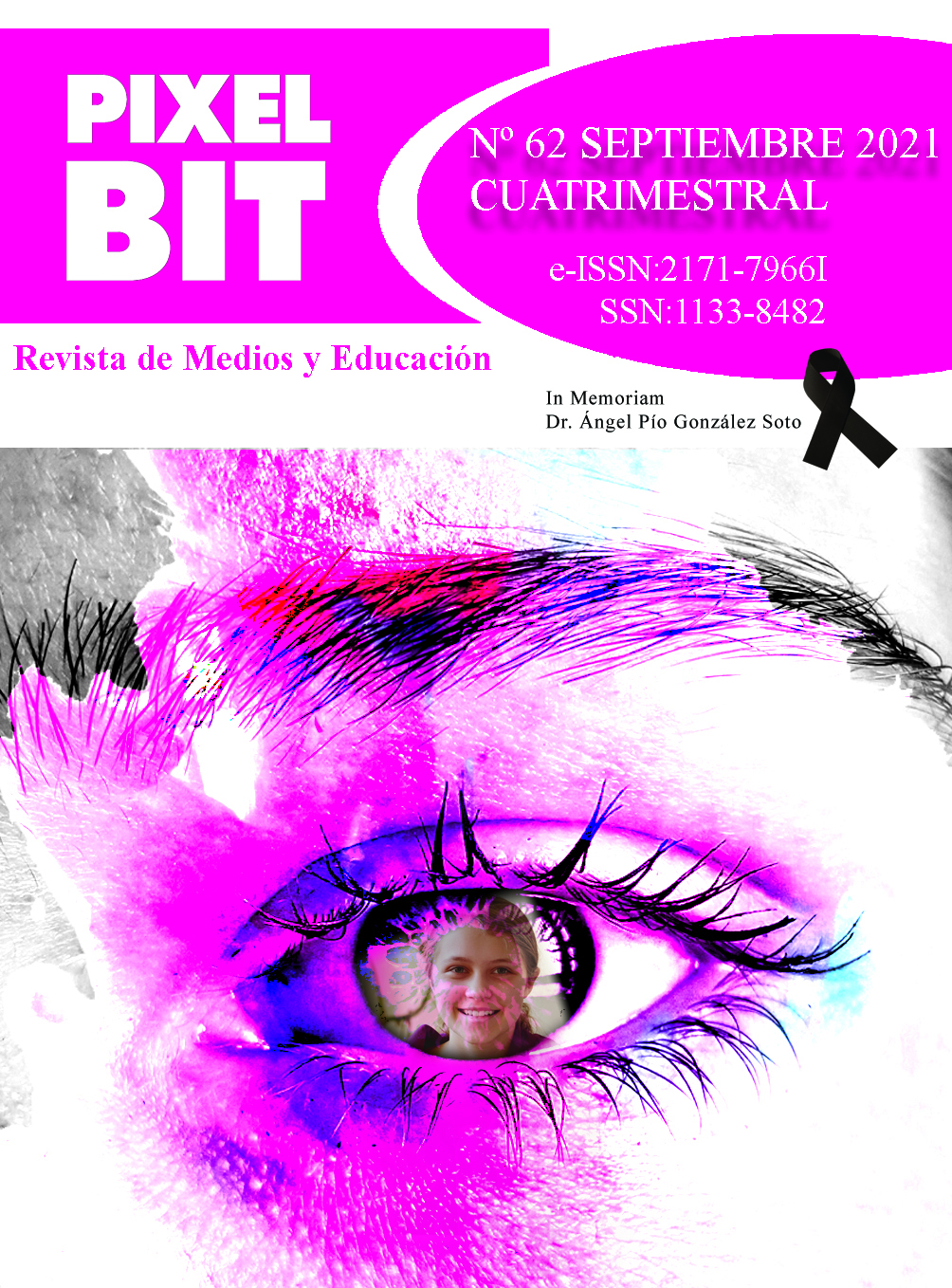Abstract
This paper delves into the possibilities of conversational virtual agents as a tool to tutor university students' work. A quantitative methodology with a descriptive, correlational and differential design was used to evaluate the usability of the conversational agent in a sample of 303 university students. For this, a virtual conversational agent was designed and evaluated to support the End-of-Degree Project tutorials with the SUS Scale (System Usability Scale). The results indicate that the scale has a satisfactory metric quality and good model goodness, aspects that are verified in the empirical structure and in the favorable internal consistency of the questionnaire. The data also show that there are significant differences (99.95% CI) in the variables gender, grade, level of knowledge, and the grade of chatbot use. It was completed with the record of the actual use of the agent, within a period of six months, by 589 students from three different degrees, answering 3025 questions in six months. In conclusion, the results allow to establish explanatory criteria on the use of chatbots. It is necessary to continue deepening in this type of tools for the monitoring and evaluation of students.

This work is licensed under a Creative Commons Attribution-NonCommercial-NoDerivatives 4.0 International License.
Copyright (c) 2021 Pixel-Bit. Media and Education Journal

